Interference station for radio fuses SPR-2M "Mercury-BM"
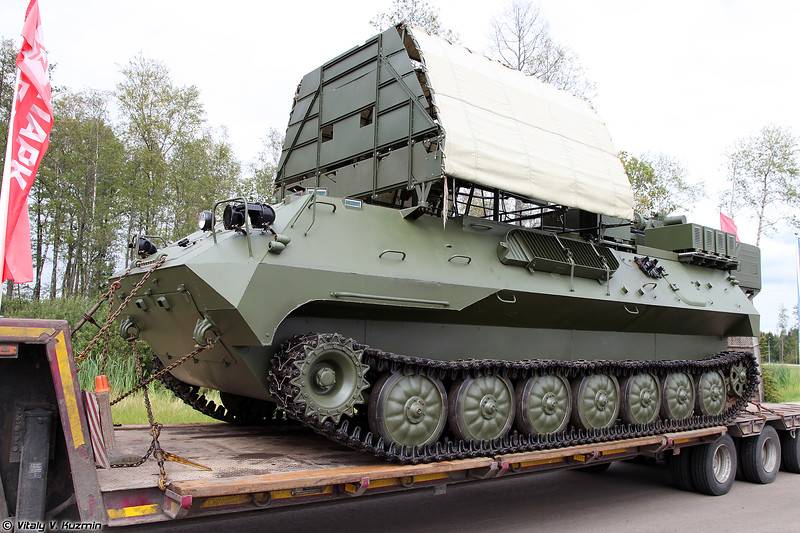
Electronic warfare complexes are capable of solving a wide range of combat missions. First of all, this is the suppression of enemy communication channels. In addition, the jamming station is capable of protecting troops from artillery. In our army, such work is assigned to a specialized mobile jamming station SPR-2M "Rtut-BM". It was put into service at the beginning of the last decade and is actively used in exercises and in real operations.
Family development
In the first half of the eighties, VNII Gradient, together with a number of other enterprises, developed the so-called. interference station for radio fuses SPR-2 or 1L29, code "Mercury-B". It was a special vehicle based on the BTR-70 or BTR-80 with a set of electronic equipment for detecting and suppressing certain radio channels. In 1985, the product "Mercury-B" was put into service, went into series and entered the army.
In the future, work began to improve the existing sample. By replacing a number of key units, it was planned to maintain or expand the functions of the station, as well as improve the performance and operational characteristics. The upgraded version of the project received the designations 1L262, SPR-2M and Mercury-BM.
By the beginning of the XNUMXs, Gradient and other project participants, which are part of the Radioelectronic Technologies concern, successfully completed the Rtut-BM development work. After all the necessary checks and tests, the Ministry of Defense initiated the launch of mass production and began purchasing such equipment.
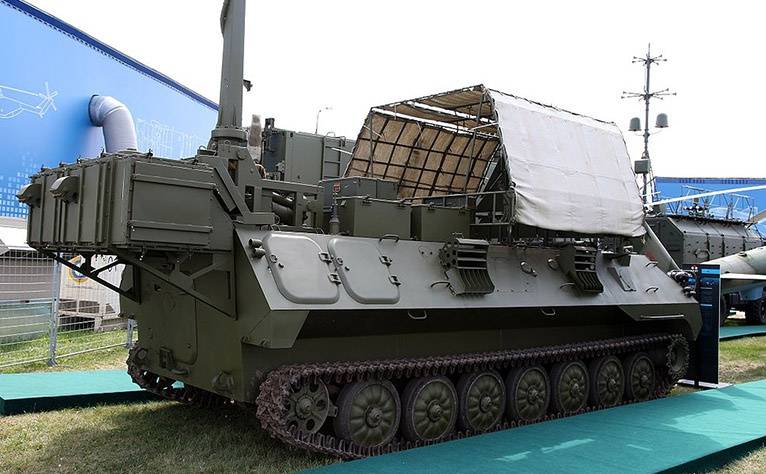
The first contract for several stations appeared in 2011. Already in 2013, KRET reported on the completion of work and the transfer of finished equipment to the customer. It is curious that in these the news Mercury-BM was first mentioned openly. This project has not been discussed before.
Serial production of 1L262 products was carried out by several enterprises. As reported, the stations were assembled by the Kazan Optical and Mechanical Plant. The caterpillar chassis were supplied by the Muromteplovoz plant, and the electronics were carried out by the All-Russian Research Institute Gradient and NPO Kvant.
In the future, the Ministry of Defense placed the following orders for serial Rtut-BM stations, and also regularly talked about receiving new batches of equipment. Probably, production is still ongoing or was completed in the recent past. In total, the army could receive at least several dozen of these machines. If production is not curtailed, then in the near future we should expect the entry into service of new special machines.
Practical application
The first serial products of "Mercury-BM" entered the combat units in 2012-13, and soon the personnel successfully mastered them. In the future, deliveries and training of crews continued with clear consequences for the combat capability of the formations.
Soon after the start of service, the SPR-2M combat stations began to be involved in various training and exercises. In recent years, the Ministry of Defense has repeatedly reported on the operation of such equipment at training grounds, where it provided protection for its troops and facilities from shelling from a mock enemy, and also suppressed its communication channels. The crews of the Rtut-BM stations worked independently and in cooperation with colleagues using other equipment.
As it has now become known, a number of 1L262 stations were involved in the Special Military Operation in Ukraine. Apparently, this technique is used in different directions and performs all its main tasks. With its help, the protection of advancing troops and their facilities, as well as civilian infrastructure in controlled territories, is ensured.
The details of the operation of "Mercury-BM" in a real operation are still unknown. Perhaps this information will be revealed after the end of the operation.
Technical features
1L262 "Mercury-BM" is a self-propelled electronic warfare station designed to solve specific problems. It is built on the MT-LBu chassis, which provides a sufficient level of mobility and maneuverability in different terrain. The chassis allows you to get into position, deploy and get to work.
On the roof of the base chassis there is a lifting mast with antennas for various purposes. It is hinged in the stern and in the stowed position is laid on the roof. To avoid damage, the antennas are covered with a front lifting cover and an awning. Other equipment, incl. operator's workplace, mounted inside the armored hull.
Radio-electronic equipment operates in the frequency range from 95 to 420 MHz and has an electronic countermeasures potential of 250 watts. Electronic cover is provided for an area up to 50 hectares with a probability of suppressing a flying projectile of 0,8. The operation of all equipment is controlled by only one operator with the help of advanced automation.
Mercury-BM has only two main functions. The main one is the impact on radio fuses of artillery shells. An additional one is the possibility of suppressing radio communication channels in the VHF band. At the same time, several modes of operation with different tasks and degrees of automation are provided. In particular, the station can not only suppress enemy signals, but also conduct reconnaissance in a passive mode.
against projectiles
Two stations of the "Mercury" family were created taking into account foreign technical progress in the field of artillery. The potential enemy is armed with artillery shells and unguided rockets with radio fuses. Such a device in flight, using radar, monitors the height to the ground / target, and detonates the warhead at the optimal distance.
An air blast at a given distance makes it possible to more effectively hit small and area targets with fragments. The task of "Mercury-B / BM" is to counter radio fuses by jamming, as well as preventing their regular operation.
In the course of combat work, the receiving part of the "Mercury-BM" system receives radiation in a wide frequency range and searches for signals characteristic of artillery radio fuses. Within a few microseconds, the equipment detects such a signal and determines its carrier frequency and other features. Then the transmitting part of the complex exposes the appropriate interference. The suppression signal is issued within a few milliseconds.
Due to interference, the radio fuse erroneously calculates the height above the target and is prematurely detonated in the air. Such an explosion is less dangerous for people, equipment and objects than a standard one. Fuzes of some types, with such an impact, stop measuring the height and switch to the contact mode of detonation. This also reduces the danger to ground objects, although it does not completely remove it.
Unfortunately, the SPR-2M station cannot affect shells without electronic devices, which to a certain extent limits its combat value. At the same time, a function is provided to suppress communication channels, which can be used against enemy artillerymen. Without the ability to receive target designation or information from spotters, they will not be able to effectively use any projectiles.
In order to protect
Thus, "Mercury-BM" solves one of the most difficult tasks in the field of artillery, namely, it provides at least partial protection against flying projectiles. To counter such a threat, various means and methods are proposed, incl. weapon on new principles. In the Russian project, this problem is solved with the help of electronic interference on different channels and frequencies.
During tests and exercises, the SPR-2M jamming station repeatedly demonstrated a high level of performance and compliance with the terms of reference. Now this technique has got the opportunity to show its capabilities during a real military operation. The exact results of such an application have not yet been disclosed, but it can be expected that the calculations make full use of the potential of their technique.
- Ryabov Kirill
- Ministry of Defense of the Russian Federation, Vitalykuzmin.net
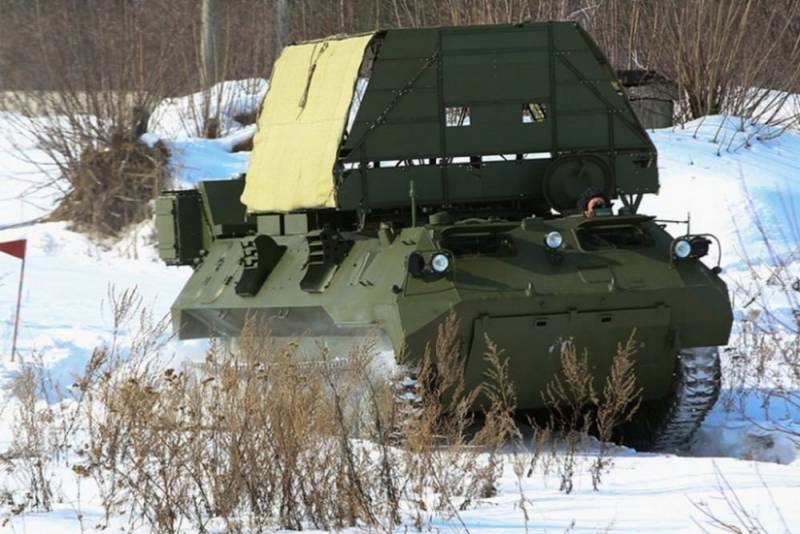
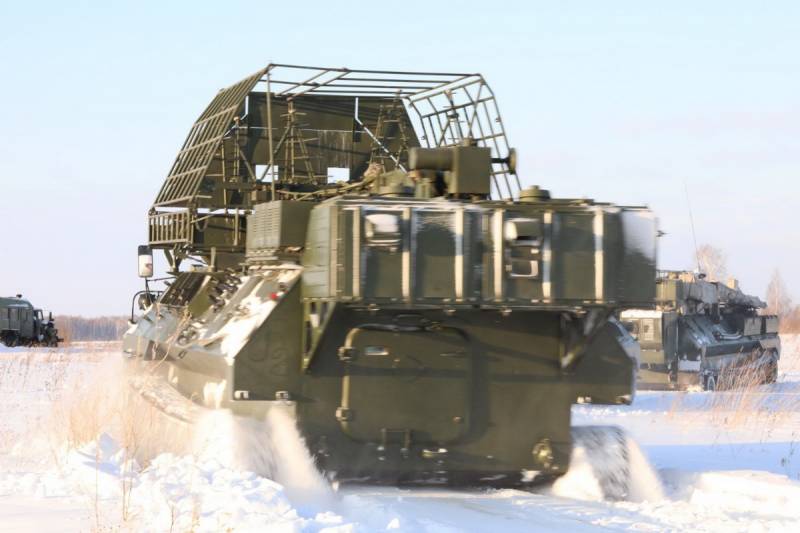
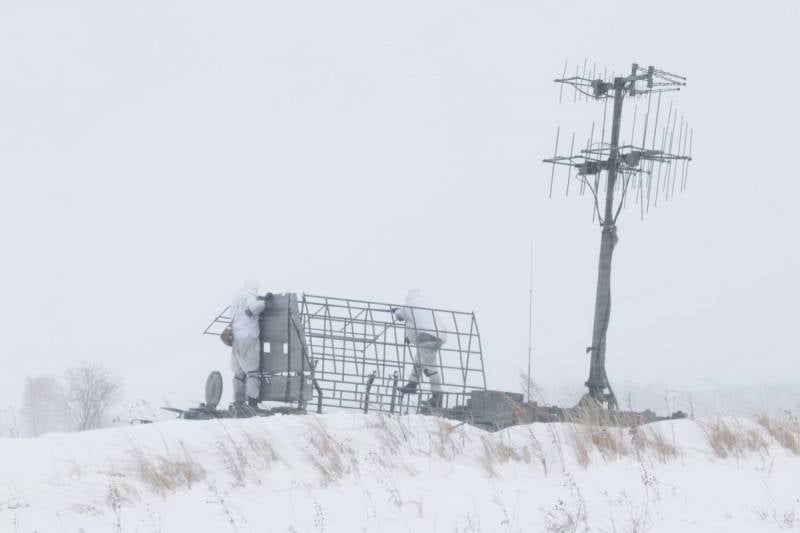
Information